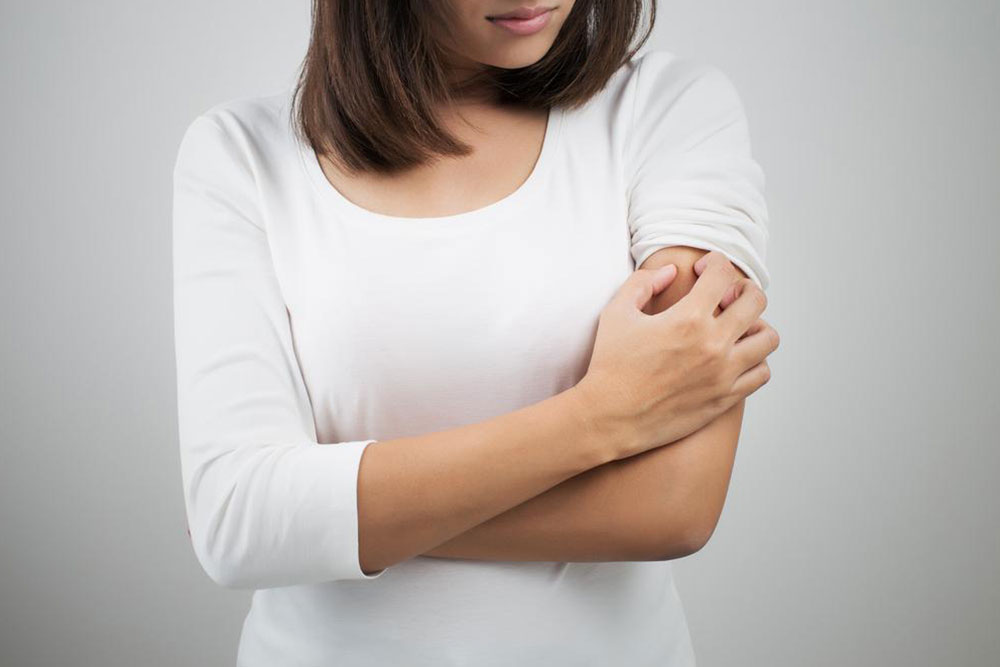Causes and Symptoms of Shingles
Shingles is a contagious disease caused by the virus varicella-zoster. This virus is the cause for chickenpox as well. Once someone has had the chickenpox infection, the virus remains dormant in the body and can reactivate years later to cause shingles. This virus is a part of herpes group of viruses. This is the reason shingles is also called herpes zoster.
There are many shingles medicines available in the market to reduce the severity of the symptoms.

Causes
- Shingles occurs when the varicella-zoster virus reactivates in the body and begins to multiply. There is no clear reason known for it. But doctors believe that poor immunity can prompt the virus to become active again.
- Shingles is more common in people over the age of 50. With age, the immune system becomes weak and can cause the virus to reactivate.
- People of any age group with HIV/AIDS can get shingles as they have poor immunity.
- Certain medications like chemotherapy drugs or immuno suppressive drugs (given after organ transplants) can also trigger shingles. Extended use of steroids can also increase a person’s (someone who has had chickenpox) chances of getting shingles.
- Pregnant women can infect their newborns if they get chickenpox or shingles during pregnancy.
- Any kind of stress can weaken the immune system and become a risk factor for shingles.
Symptoms
- Shingles symptoms are very distinct and usually occur in stages.
- The most common or the first symptom of shingles is a burning or tingling sensation, a dull pain or constant stabbing pain in a specific area of the body. It usually occurs on one side of the torso, neck, face or near the eyes. But it can appear on any part of the body. The characteristic shingles symptom is a rash that appears as a stripe or band across the torso.
- Within a few days of the pain, a rash can come up on the infected area. The first appearance of the rash is usually in the form of a red blotches. These blotches quickly form into blisters with fluids.
- Within a week or two, blisters dry up and form crusts. But up to this point, new blisters can continue to develop.
Uncommon symptoms of shingles:
- Fever
- Fatigue
- Headache
- Muscle pain
- Joint pain
- Sensitivity to light
- Nausea
- Swelling in the lymph nodes
- Upset stomach
- Inflammation in the brain and pneumonia (rare)
- Treatment
There is no cure or treatment to prevent shingles. But with the help of shingles medicines, you can reduce the severity of symptoms. Shingles vaccine now exists for people over the age of 60. Your doctor can recommend one for you if needed.
Doctors usually prescribe antiviral drugs to stop the shingles virus from multiplying any further.
To ease the pain, your doctor can recommend using a capsaicin cream on the affected area.
Calamine lotion can also be helpful in providing some relief from itching.